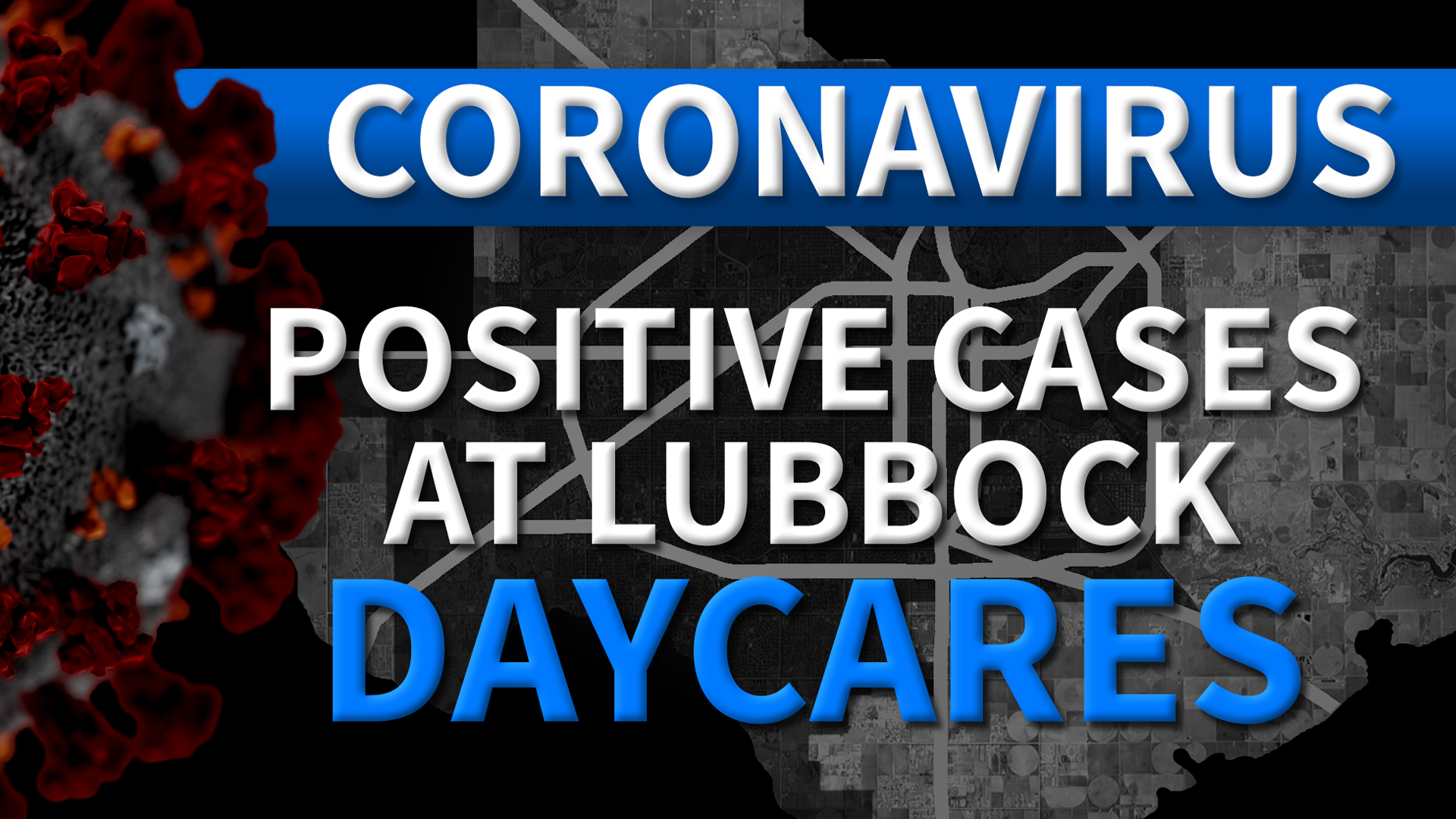LUBBOCK, Texas – The main reason farmers move to no tillage practices is to help conserve soil moisture and wind erosion. It is a multifaceted approach implementing crop rotation, cover crops and other methods to help protect and enrich the soil.
Adversity in a crop mix is essential because the root acidity of one species diminishes soil health. R.N. Hopper has been a no till farmer in Petersburg since 2006 and has seen some very dynamic changes when reducing tillage operations.
In the early 2000s, Hopper was dealing with highly degraded soils, and having to use more fertilizers and crop protection chemicals that weren’t working very well. The realization was to put the tillage tools away.
“Like many other growers I simply saw the soil as a medium to grow plants,” said Hopper. “I didn’t view the farm, or the soils on the farm as a living breathing ecosystem.”
A large part of no till practices is to try and mimic nature by introducing different plant species to create a better soil food web. When you take ground that hasn’t been rotated in a long time that’s been continuous cotton and you grow a cereal crops, such as wheat, a lot of those benefits that you see are immediately in the next crop.
“Anything new can be intimidating,” said Hopper. “But when the reality that you’re living in becomes more painful than the prospect of change, you change. Once people get comfortable with it, it can actually be easier to manage.”
Kris Verett who practices no till farming in Idalou said “We can cut inputs and expenses back by planting half a field of our cash crop, in this case cotton, and then use the other half as our rotation.”
Verett admits it’s a tough first step to commit to a rotation and cutting a form in half but it gives you a lot of hope for the future in helping build soil health.
“Soil is our most important resource out here.” said Verett. “Don’t get me wrong water is a huge limiting resource out here. That’s why we have to do a better job of being good stewards of what we’re given. Our number one resource we have to take care of and try to improve as we go forward is the soil itself.”
















